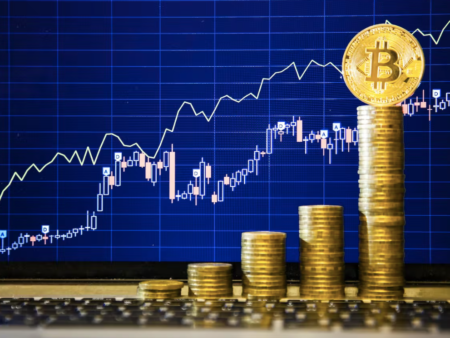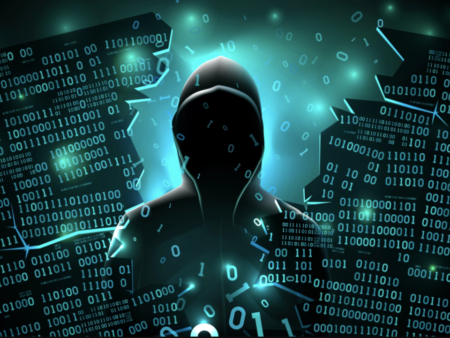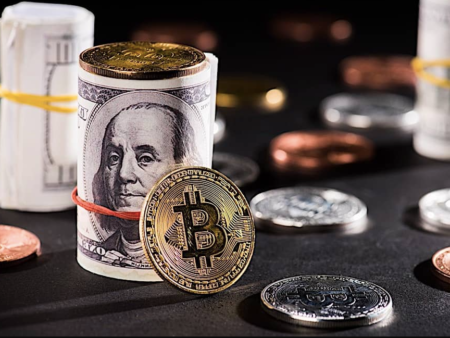Learn the most relevant aspects about the methods of funds verification for exchanges known as proof of reserves.
A Proof of Reserves (PoR) consists of presenting verifiable data on the liquidity of a financial platform, such as a bitcoin (BTC) and cryptocurrency exchange. These can verify that the funds available to an exchange are sufficient to meet its commitments and debts without the need to dip into the balance of its users.
Key facts:
- A reserve test that does not show the exchange’s liabilities is irrelevant.
- There are reserve tests that are implemented by firms or auditors external to the exchange.
- The Merkle tree is one of the most useful cryptographic tools in PoR.
- Cases such as FTX and QuadrigaCX have triggered interest in proof of reserve for exchanges.
- From Binance and Kraken, to Bitso and Buda work in PoR with varying degrees of confidence.
The need for this type of liquidity testing methods has been latent for several years, but it rumbles every time there are incidents related to mishandling of funds by platforms that have their clients’ money at their disposal.
1. What are reserve tests?
The Bitcoin Policy Institute defines a proof of reserve as “a method that uses cryptographic verification techniques to publicly demonstrate that sufficient digital assets are held to cover obligations or liabilities”.
An optimal proof of reserve goes beyond showing the balance in the exchange’s wallets, as some have done in the past. It is important that the platform is able to demonstrate to its clientele that they have the financial liquidity to meet their commitments. This is in addition to the ability to verify that the users’ balance has not been used for other purposes and that it is in full in the company’s wallets.
2. Why are proofs of reserve important?
The importance of proof of reserves lies in the bitcoiner saying “don’t trust, verify”. Bitcoin is a transparent network that allows anyone with an internet connection to check the path that each existing bitcoin has taken, from its issuance to the last transaction made with it. The intention of this is that there is no need to trust what is reported by a third party that may be manipulating the information it shows.
Trust in third parties can become the cradle of major financial crises, such as that of the FTX exchange. In this particular case, it came to light that the CEO of this exchange was using client funds to bail out FTX’s sister company, Alameda Research.
At least USD 4 billion went out of FTX’s wallets to those of Alameda Research, according to a Reuters report that was reviewed by CryptoNews. More seriously, Sam Bankman-Fried was able to use funds from FTX users in these transactions.
History recycles itself: QuadrigaCX
A similar case to FTX was seen in 2019, when it came to light that Gerald Cotten, co-founder of Canadian exchange QuadrigaCX, had sent funds from clients of his company to personal accounts. CryptoNews reported that the third-party assets he used as collateral for a margin trading account.
The main advantage that proof-of-stake offers, both to platforms that handle assets and to their users, is a more transparent relationship that increases trust between the two; not blind trust, but trust that can be reliably verified by cryptography. This is provided that the PoR is developed appropriately, that is, without leaving important aspects aside, such as the company’s liabilities and the possibility of comparing the balance corresponding to each of its users.
Structure of the Merkle tree. Source: Wikipedia.
In favor of privacy, Buterin proposes the use of zero-knowledge proof (Zk-proof) which, in conjunction with the Merkle tree, increases the level of veracity and privacy offered by this proof of reservation. In this way, the integrity of a user’s balance in an exchange can be legitimized without revealing data about him.
Not everything is cryptography
According to Vitalik Buterin, exchanges or financial platforms that, in addition to cryptocurrencies, also operate with fiat money, are forced to resort to traditional auditing methods such as those used by private banks. Since the fiat money financial system operates in a centralized and non-transparent manner, as well as being totally unrelated to Bitcoin technology, there is no decentralized way to verify transactions with these currencies.
On-chain and off-chain proof of reserve
Chainlink, a company that provides a variety of solutions to the cryptocurrency ecosystem, implements its proof of reserve by separating it into two categories: on-chain and off-chain.
The off-chain proof, as the name implies, does not require the use of tools or smart contracts that interact with a particular cryptocurrency’s blockchain.
In this case, Chainlink verifies the exchange’s reservations by analyzing the application programming interface (API) of its website. To do this, the administrators of the platform in question must provide access to that API.
The methodology of this type of reserve testing infers that there is a need for trust involved in terms of the reserves that the exchange holds outside of a cryptocurrency network. This could be bank accounts and even physical assets.
On-chain proof, meanwhile, involves using a proof-of-reserve smart contract (usually deployed on the Ethereum network). Such a contract receives information from an address or wallet belonging to the exchange via the Chainlink oracle network. This network allows the smart contract to receive balance information even if the wallet is on a different blockchain.
4. Bitcoin exchanges that have submitted proof of booking.
The number of exchanges offering some form of proof of reserve to the public multiplied after the crisis that led to the FTX crash. Currently, major exchanges such as Binance, Bitfinex, Kraken, Huobi and OKX provide their users with access to this information.
The website CoinMarketCap recently began showing proof of reserves from exchanges that have provided it with this data. Some of the exchanges that have such information on the page are Binance (which in turn owns CoinMarketCap), KuCoin, Bitfinex, OKX, ByBit, Huobi and Crypto.com.
Financial reserves of the KuCoin exchange as shown by CoinmarketCap. Source: CoinMarketCap.
5. What questions are there about reserve testing?
Asset-backed securities and their relationship with liabilities
Shortly after the crisis caused by the FTX crash, exchanges such as Binance, Kraken and Coinbase, among others, offered proof of reserve to their users and the general public. Such proofs, in many cases, consisted only of a list of wallets that these exchanges presented as their own. However, these addresses end up being irrelevant without a Merkle tree to prove that they belong to such a platform.
In the case where it can be corroborated that the exchange in question owns the addresses listed, the balance shown may not guarantee the integrity of the funds. This is because the exchange may have received loans that would allow it to reflect a balance in line with the corresponding amount after having withdrawn it for other purposes.
Earnings are calculated after debts are paid.
If an exchange does not present the financial liabilities and responsibilities it has acquired, it is impossible to know whether the funds it shows in its reserve test are sufficient to meet its obligations.
In the best case scenario, where the exchange has been thorough in showing only wallets that belong to it and whose balance has been kept in full in relation to the funds deposited by each of its users, the platform could still be at risk of insolvency without its users being aware of it. The company’s funds could fall short of meeting its liabilities.
The need for trusted third parties
Nic Carter, co-founder of Coin Metrics, stated that the Kraken exchange used third-party auditors to implement its reserve test after the FTX crisis. Platforms such as Gate.io, Luno and Revix, among others, have also used the assistance of auditing firms.
According to Carter, hiring a reputable external firm to audit and evaluate an exchange’s liabilities can be conducive to obtaining reliable results that, in turn, boost the confidence of its users.
Carter’s view is consistent with that of Vitalik Buterin mentioned earlier in this article, in which the Ethereum co-founder makes it seem inevitable that most exchanges will need to use external auditors to supplement their PoR.
While Buterin and Carter’s assertions seem logical, this apparent need to rely on third parties is contrary to Bitcoin’s principles. The digital currency created by Satoshi Nakamoto was born with the purpose of its users enjoying financial independence. So there is a certain irony in turning to trusted third parties to certify someone’s funds.
The best proof of reserve one can have is the proof one can give oneself. That is, keeping the bitcoins and cryptocurrencies you hold in your own wallets, without third-party custody, of which you have the corresponding private keys. Bitcoin allows its users to be their own bank, this gives them the freedom to do what they want with their money at all times without the need to trust anyone else for it.



